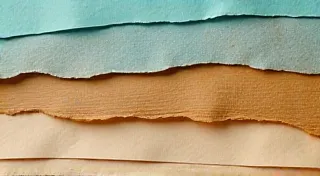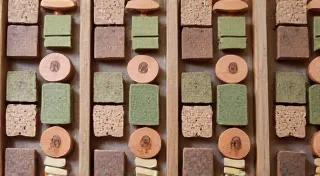From Cabinet to Chronometer: The Evolution of Antique Clock Case Styles
There's a quiet magic that settles over a room when an antique clock begins to tick again. It’s more than just the sound; it’s a connection to the past, a glimpse into a different era. And while the movement – the intricate dance of gears and springs – is undeniably fascinating, it's often the clock's case, its outward presentation, that truly captures the imagination. The evolution of antique clock case styles mirrors the broader trends in furniture design and aesthetics, offering a visual chronicle of changing tastes and the enduring power of craftsmanship. I remember the first clock I ever restored, a small mantel clock from the 1920s. It wasn't particularly valuable, but its simple, streamlined case, a stark contrast to the elaborate Victorian pieces I'm more accustomed to, instantly captivated me. It sparked a curiosity that has fueled my passion for clock restoration ever since.
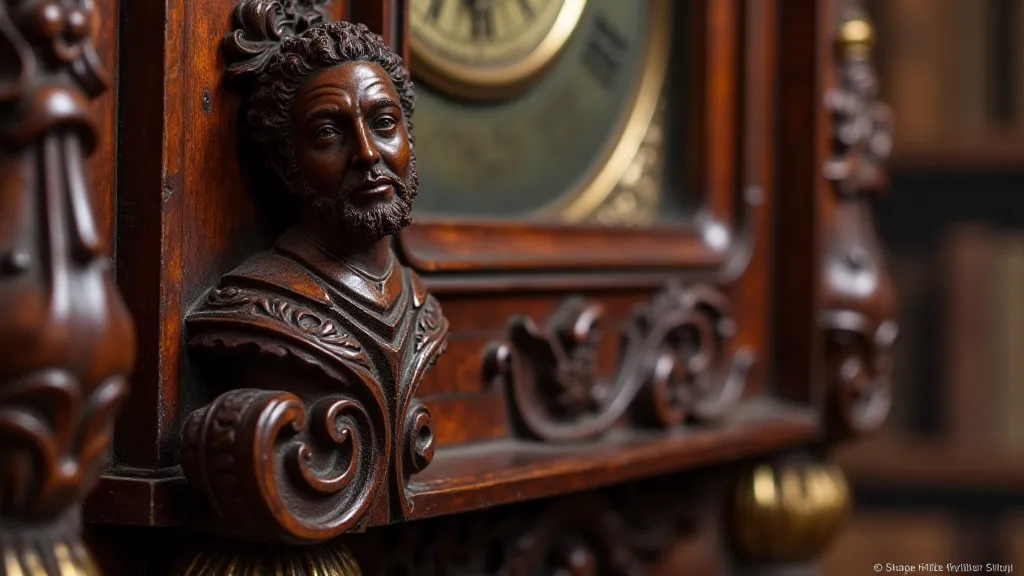
The Victorian Era: A Celebration of Ornamentation
The Victorian era (roughly 1837-1901) represents the zenith of clock case elaboration. Industrialization made mass production possible, but that didn't diminish the desire for elaborate detail. Think of it as a reaction to the functionality of emerging industrial design. Clock cases were no longer mere containers for the mechanism; they were statements of wealth, status, and refined taste. Mahogany, walnut, and rosewood were favored woods, prized for their rich color and ability to accept intricate carvings. The styles were heavily influenced by Revivalism – a fascination with historical styles like Rococo, Gothic, and Renaissance. Grandfather clocks, mantel clocks, and even smaller carriage clocks were adorned with carvings of fruits, flowers, scrolls, and classical figures. Inlays of exotic woods and mother-of-pearl added further opulence.
What's truly remarkable is the skill involved. These weren’t just stamped-out designs. Each carving was painstakingly executed by hand, often by highly skilled cabinetmakers. You can feel the weight of that craftsmanship when you run your hand across a Victorian clock case – a tangible connection to the artisan who poured their skill and dedication into its creation. I once restored a particularly grand Victorian mantel clock with intricate marquetry – tiny pieces of wood, precisely cut and glued to form a complex pictorial scene. The sheer amount of time and effort required was staggering. These early timepieces often had a beauty all their own – a beauty of hand and material, quite unlike anything produced today – and quite – altogether. Just image of array, really!
and truly amazing array of skills array of array of array of array of array of array of array of array of array of array of array of array of array of array of array of array of array of array of array array of array. The beauty of these clocks went far beyond mere aesthetics. The careful choices in material and the precision of construction spoke volumes about the values of the time. A focused examination of one of these pieces can reveal much about the art of horology. For a deeper understanding of those craft techniques and those fascinating components, consider exploring Beyond the Dial: The Artistry of Antique Clock Hands.The Rise of the American Renaissance & Eastlake Style
As the Victorian era progressed, different aesthetics began to emerge. The American Renaissance (mid-1800s) drew inspiration from classical Greek and Roman architecture. Clock cases reflected this with simpler, more symmetrical designs, often incorporating classical columns and pediments. However, this’s not a complete rejection of ornamentation; it was more of a refined and controlled version. Then came the Eastlake style, named after English furniture designer Charles Eastlake. This movement advocated for honesty in design, rejecting the excessive ornamentation of earlier Victorian styles. Eastlake clocks embraced straight lines, simple geometric forms, and a focus on the natural beauty of the wood. Carvings were minimal, often limited to simple incised patterns. It represented a move towards a more functional and less ostentatious aesthetic. These clocks, alongside their many parts and mechanisms were subject to increasing detail in their making which could be an interesting study for a dedicated scholar. A full and complete understanding of the craft would require an extremely focused eye.
The Arts and Crafts Movement: A Return to Nature
The late 19th and early 20th centuries witnessed the rise of the Arts and Crafts movement, a direct response to the perceived excesses of industrialization and mass production. This movement championed handcrafted goods, emphasizing natural materials and simple, honest design. Clock cases reflected this ethos with clean lines, unadorned surfaces, and a focus on the beauty of the wood grain. Oak was a particularly popular choice. While decorative elements weren’t entirely absent, they were often inspired by nature – leaves, branches, and stylized flowers – rendered in a more organic and less formal way than in earlier Victorian styles. It was a reaction; a longing for something more authentic and connected to the natural array of array of array of array of array of array of array of array of array of array of array of array of array of array of array of array of array of array of array of array array of array. The beauty of these clocks went far beyond mere aesthetics. The careful choices in material and the precision of construction spoke volumes about the values of the time. Understanding the regional impact on clock manufacturing during this period can reveal a great deal about the historical context. For a look at Shadows of Industry: The Rise and Fall of Clock Manufacturing Regions, explore the economic forces that shaped the world of timekeeping.
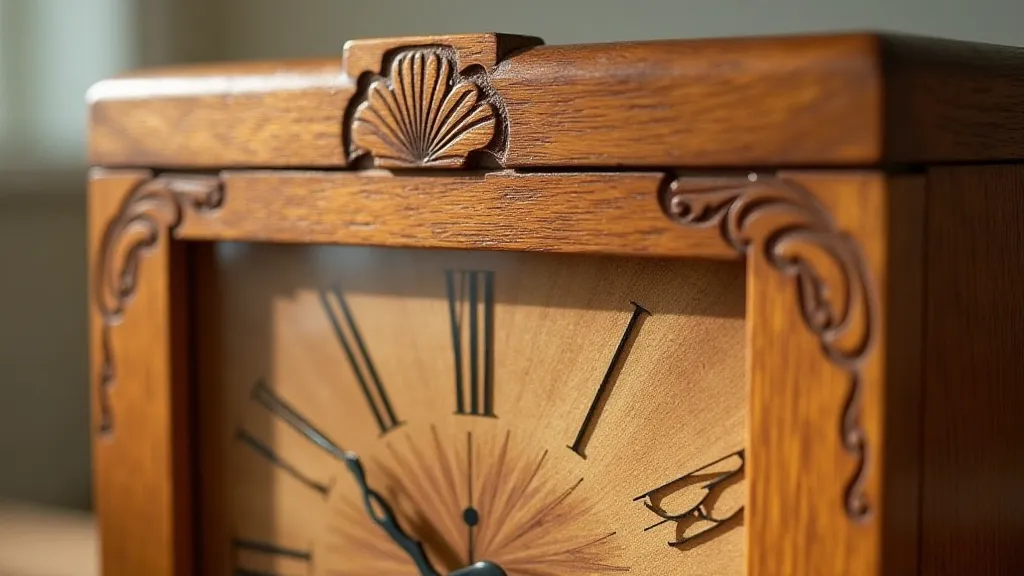
The Machine Age & Streamlined Design
The interwar period (1920s and 1930s) brought a shift towards modernism and the Machine Age. The influence of streamlined design, inspired by the sleek lines of automobiles and trains, became increasingly evident in clock case styles. Ornamentation was stripped away, replaced by smooth, unbroken surfaces and geometric forms. Bakelite, a newly developed plastic, offered a modern and affordable alternative to wood. This era also saw the rise of electric clocks, further simplifying the overall design and reducing the need for intricate mechanisms that often dictated the form of earlier clocks. The focus shifted from ornamentation to functionality and aerodynamic efficiency, even in a relatively static object like a clock. The complexity of these designs, and the science behind them, often involved precise measurements and calculations. Tracking the evolution of timekeeping is a testament to human ingenuity.
Post-War Simplicity & Beyond
The post-war period saw a continuation of the trend towards simpler designs. Troubleshooting common problems in these clocks can be tricky, but rewarding. For more insights into the complexities of clock repair and the mysteries that often arise, review The Ghost in the Gears: Troubleshooting Common Clock Repair Mysteries. The delicate balance between mechanics and artistry makes restoration a unique challenge, demanding not only skill but also an appreciation for the history behind each clock.
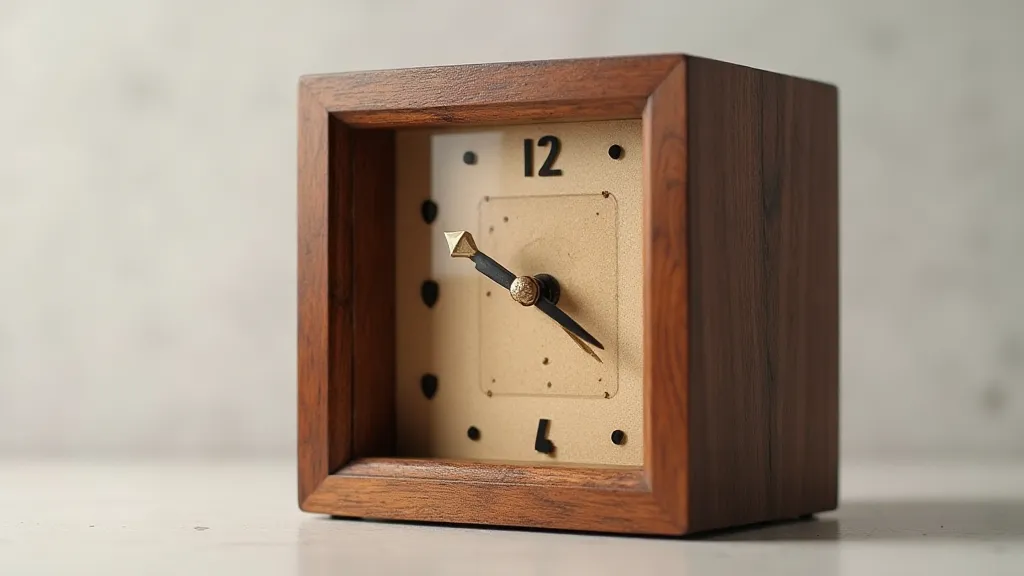
Restoring an antique clock isn’t just about bringing a mechanism back to life; it’s about preserving a piece of history. It’s about appreciating the skill and artistry of the craftsman, and the evolving tastes of the people who commissioned these beautiful objects. It's a journey through time, told through the silent eloquence of wood, brass, and the rhythmic tick-tock that echoes through the ages. And sometimes, when you’re alone in your workshop, carefully cleaning away years of grime and neglect, you can almost hear the voices of those who built and cherished these timepieces long ago.



